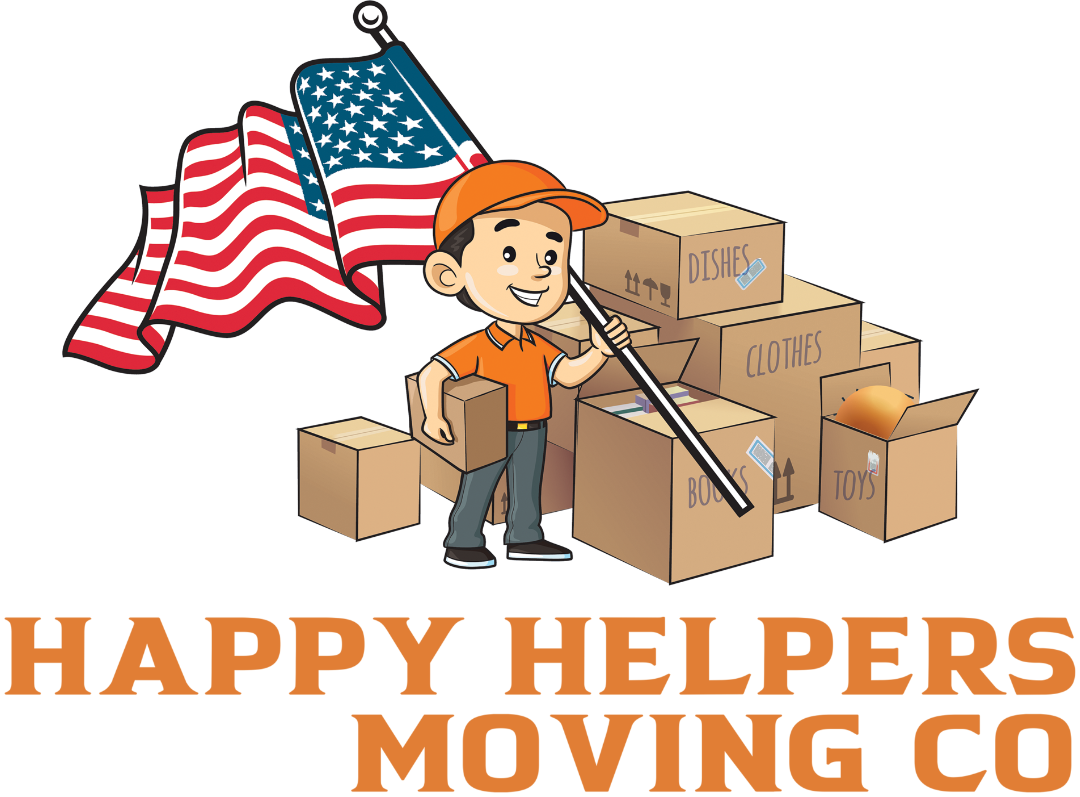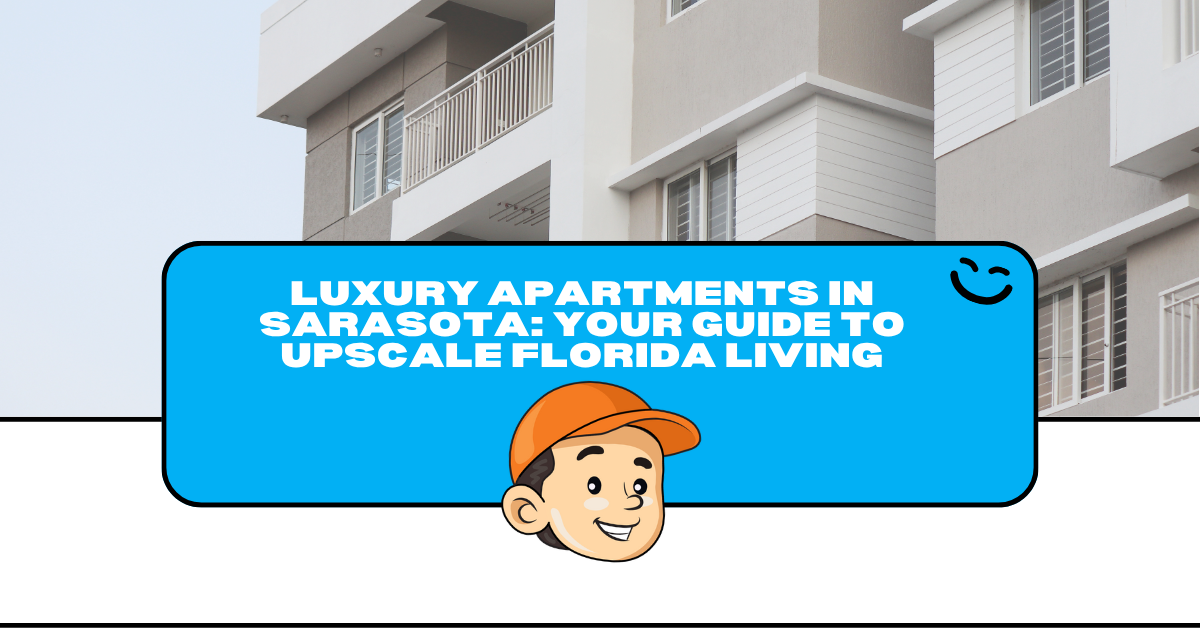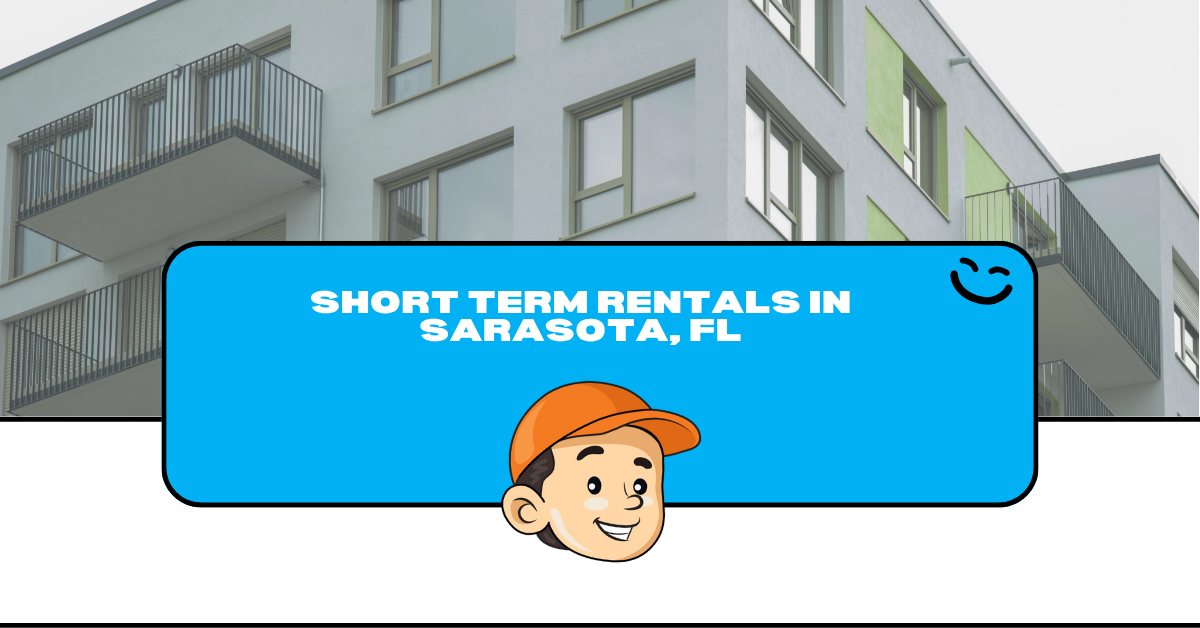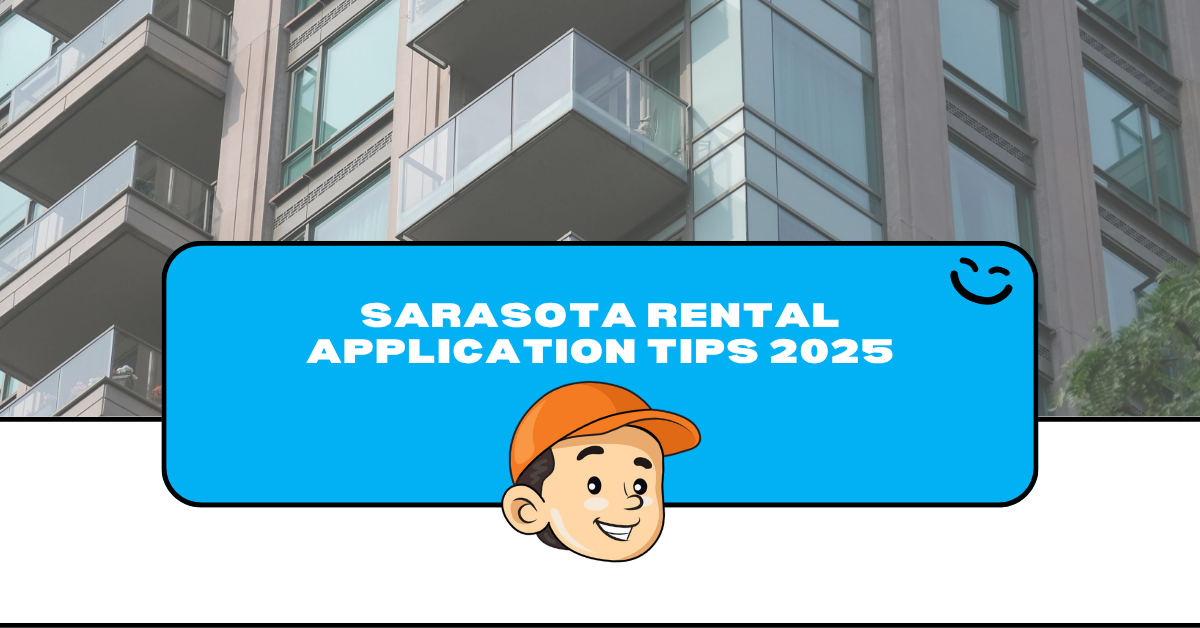Safely Relocating Your Piano in Tampa: A Guide to Professional Piano Moving
Is that beautiful piano, a source of music and memories in your Tampa home, now a source of worry as you plan your upcoming move? You're likely pondering, "How can I possibly move this delicate and heavy instrument safely to, from, or within Tampa?" It's a valid concern, and one that we at Happy Helpers Moving Company address with expertise and care every day.
A piano isn't just another piece of furniture; it's a complex musical instrument, often with significant monetary and sentimental value. Moving it requires more than just muscle – it demands precision, specialized knowledge, and the right equipment. Whether you own an upright, a baby grand, or a concert grand, ensuring its safe passage during a relocation in the Tampa Bay area is paramount. That's where our dedicated
Tampa piano moving services become your greatest asset.
Why Entrusting Your Tampa Piano Move to Professionals is Non-Negotiable
Attempting to move a piano yourself or with inexperienced help can lead to a cascade of undesirable outcomes. Pianos are notoriously heavy, awkwardly shaped, and internally intricate. Here’s why professional intervention is crucial:
Preventing Damage to the Piano: A piano has thousands of moving parts, delicate strings, and a finely tuned action. Improper handling can cause internal damage that is costly to repair, affecting its sound and playability. The exterior finish is also susceptible to scratches, dents, and cracks.
Avoiding Property Damage: Maneuvering a piano through doorways, hallways, and staircases in your Tampa home or business requires skill. Without it, you risk damaging walls, floors, door frames, and other property.
Ensuring Personal Safety: Piano moving is physically demanding and poses a significant risk of injury if not done correctly. Strains, sprains, and more serious injuries can occur from attempting to lift or control such a heavy object without proper training and equipment.
Specialized Equipment and Techniques: Professional piano movers utilize custom dollies, skid boards, ramps, padding, and strapping techniques specifically designed for pianos. They understand the instrument's balance points and how to navigate challenging spaces.
At
HappyHelpers Moving Company, we treat every piano move with the meticulous attention it deserves, ensuring both your instrument and your property are protected throughout the process.
Selecting the Right Piano Movers in Tampa: What to Consider
When choosing a company for your piano relocation in Tampa, it’s important to do your homework. Look for:
Demonstrable Experience: Ask about their specific experience with moving pianos similar to yours. How many piano moves do they handle in the Tampa area?
Adequate Insurance Coverage: Ensure the company has proper liability and cargo insurance that specifically covers high-value items like pianos. Don't hesitate to ask for proof of insurance.
Specialized Piano Moving Equipment: Inquire about the tools and equipment they use. Generic moving equipment is often not sufficient for pianos.
Positive Customer Reviews: Check online reviews and testimonials, particularly from clients who have used their piano moving services in Tampa. See what our Tampa clients say about their experiences with Happy Helpers.
Transparent Pricing: Get a detailed, written estimate that outlines all costs involved. Avoid companies with vague pricing or hidden fees.
Knowledge of Piano Types: Different pianos (spinets, consoles, uprights, baby grands, grands) have different moving requirements. A knowledgeable mover will understand these distinctions.
The Happy Helpers Piano Moving Process
Our approach to moving your piano in Tampa is systematic and designed for maximum safety and efficiency:
Thorough Assessment: We begin by assessing your piano, its current location, and its destination in Tampa. We’ll note the type, size, and weight of the piano, as well as any access challenges like stairs, tight corners, or narrow hallways.
Detailed Preparation: Before the move, we meticulously prepare your piano. This includes securing the lid and keyboard cover, and often involves wrapping the piano in protective blankets and padding to prevent scratches and impact damage.
Specialized Equipment Deployment: We use piano dollies, skid boards (piano boards), and heavy-duty straps designed to bear the weight and protect the structure of your instrument.
Expert Handling and Transportation: Our trained Tampa piano moving team carefully maneuvers the piano out of your old location, securely loads it onto our truck (ensuring it’s properly braced and protected from shifts during transit), and transports it to your new Tampa address.
Careful Unloading and Placement: Upon arrival, we carefully unload the piano and place it in its designated spot in your new home or venue. We take care to ensure it's positioned safely and correctly.
We understand that
moving to the Tampa area can involve many details, and we aim to make the piano moving aspect completely worry-free.
Preparing Your Piano and Space for the Move
Even when hiring professionals like us, a few preparatory steps can help ensure an even smoother process:
Clear the Pathway: Ensure a clear and unobstructed path from the piano's current location to the exit, and at the destination from the entrance to its new spot. Remove rugs, furniture, and any other potential obstacles.
Protect Flooring (If Concerned): While we take utmost care, if you have particularly delicate flooring, discuss any additional protective measures with us beforehand.
Take Photographs: For your peace of mind, take photos of your piano from all angles before the move.
Communicate Special Concerns: If your piano has any loose parts, prior damage, or specific sentimental value, please communicate this to our Tampa moving team beforehand.
Post-Move Tuning: Pianos are sensitive instruments. Even with the most careful move, changes in temperature and humidity, along with the physical movement, can affect its tuning. It's generally recommended to let your piano acclimate to its new environment in Tampa for a few weeks before having it tuned by a professional. The Piano Technicians Guild is a great resource for finding qualified technicians.
Beyond Pianos: Moving Services in Tampa
While we pride ourselves on our specialized piano moving capabilities, Happy Helpers Moving Company offers a full range of services to meet all your Tampa relocation needs. Whether you're moving an entire household, an office, or just a few large items, we bring the same level of care and professionalism. If you're exploring Tampa's diverse neighborhoods, we can help you get there smoothly.
We also believe that good preparation is key to any successful relocation. Our blog offers many resources, including
essential packing advice, to help you prepare for every aspect of your move.
Your Tampa Piano’s Safe Journey is Our Commitment
Moving a piano in Tampa doesn’t have to be a stressful ordeal. With Happy Helpers Moving Company, you’re choosing a team that respects your instrument, understands the intricacies of piano moving, and is dedicated to providing a seamless, secure experience. We combine technical expertise with a commitment to customer satisfaction, ensuring your piano arrives at its new Tampa destination in the same condition it left.
If you’re ready to discuss your piano move or have any questions about our specialized services in the Tampa Bay area, please contact us. We’re here to provide a detailed quote and a plan tailored to your unique needs. Let Happy Helpers Moving Company strike the right chord for your piano’s relocation!





